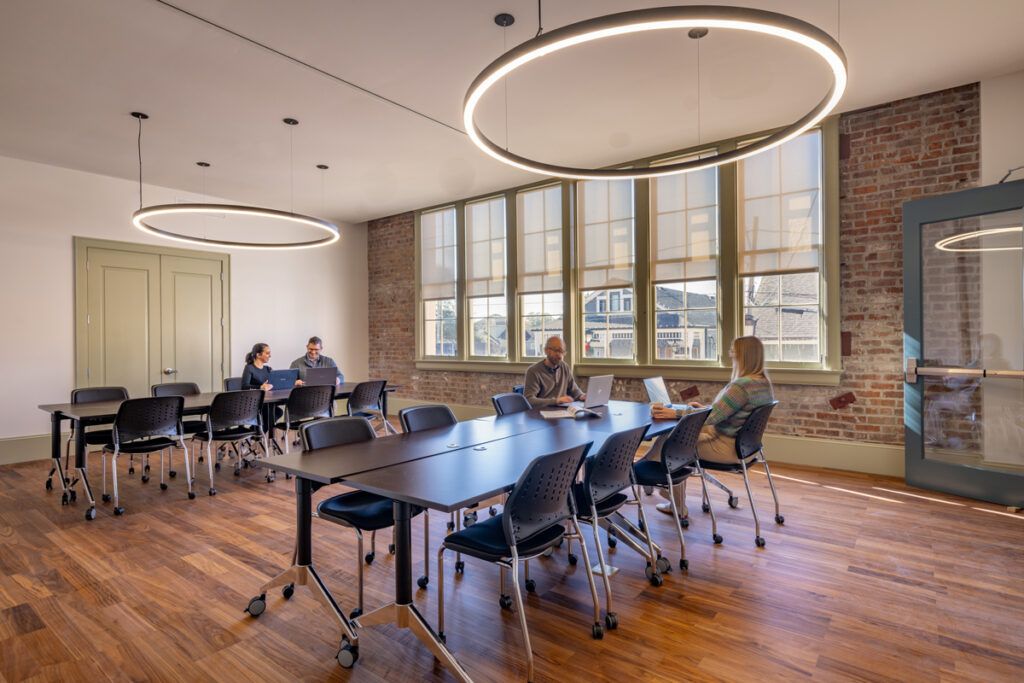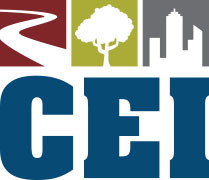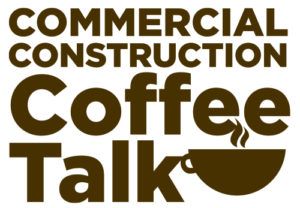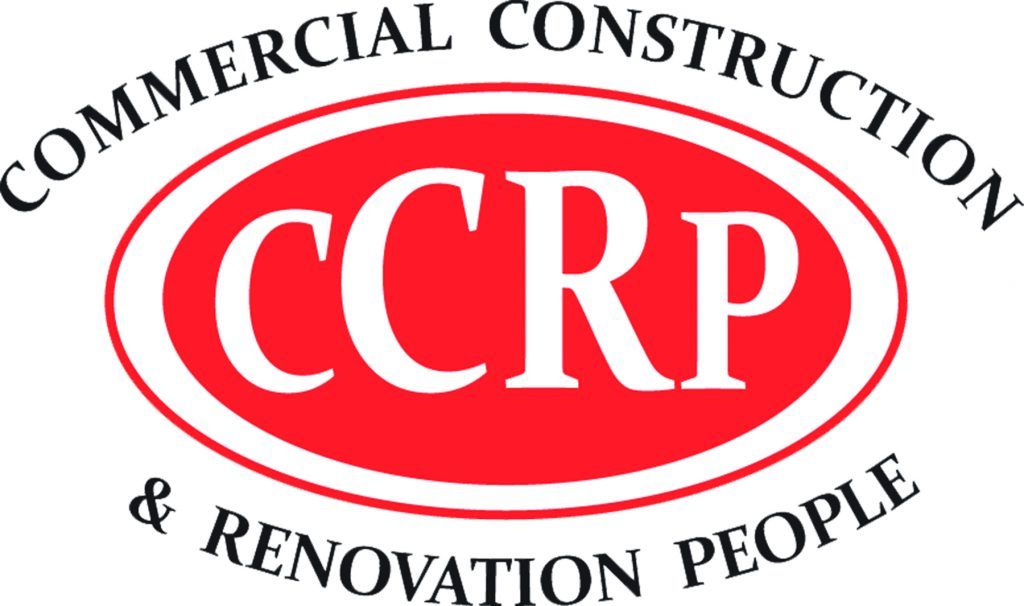The historic Gretna Primary School has stood as a landmark in downtown Gretna for more than a century. The Italian Revival architecture is testament to the Louisiana city’s rich past. After decades of vacancy, the building is getting a new lease on life—one that blends history with modern functionality.
Thanks to the vision of Formwork Development and the expertise of Studio BKA and Perrier Esquerre Contractors, this once-forgotten space is being transformed into Primary Workspace, a dynamic hub for work and collaboration.
We sat down with David Hecht, founder of Formwork Development; Kim Payne Allen, co-founder and design director for Studio BKA; and Brett Perrier, co-founder of Perrier Esquerre Contractors, to discuss the inspiration behind the project, the challenges of adaptive reuse and how they are reimagining the school’s historic charm for today’s professionals.
 Give us a snapshot of the project.
Give us a snapshot of the project.
Kim Payne Allen: The historic Gretna Primary School, a 1911 Italian Revival structure in Downtown Gretna that had sat fallow for 50 years, has been restored as a dynamic centerpiece of Gretna’s Cultural National Register Historic Districts. The project transformed the three-story building, once a school and later a hub for community services, into a multifunctional workspace and event venue.
What are some of the things the client was looking for in the design? What were the goals?
Payne Allen: Broadly speaking, the client wanted to bring the building back to commerce. Specifically, the client was looking for a multi-functional space that honored the historic architecture but with modern amenities to accommodate uses they identified with the help of the developer: a workspace and a community event venue. The developer asked for a mix of workspace areas, such as conference rooms, breakout and huddle rooms, private offices, dedicated desk areas, hot desk areas, phone booths and training rooms.
How does the overall adaptive reuse of the school cater to what the facility managers were looking for?
Payne Allen: This specific school had a layout that naturally catered to the use of a coworking and event venue with its large auditorium in the center of the building. This is where we located the “Commons,” the social center of what has been dubbed The Primary Workspace.
There are large historic halls spanning in both directions from the commons which serve as a hot desk area, as well as a generous circulation zone. We carved a variety of room types from the remaining areas, most of which were former classrooms.
How did this project come together, particularly regarding the funding and public-private partnership approach?
David Hecht: The local community has been incredibly supportive of the space and the project. The Gretna Primary School building has been a beloved part of the community for more than 100 years and locals are thrilled to see the building restored and activated. People have really appreciated the care taken to preserve the historic aspects of the building and to create beautiful and dynamic spaces within the property.
What were the key design challenges in transforming a 114-year-old schoolhouse into a modern coworking space?
Payne Allen: The wood flooring was a challenge. Flooring is a large expense regardless of the type of project and as a part of the preservation efforts we needed to retain this historic feature; however, it was worn, damaged or missing in many places. In some areas, we had to pull it up completely and install new flooring, but we couldn’t do that everywhere due to expense.
To blend in with the areas we were preserving, the new flooring couldn’t be the typical 3/4-inch thickness due to ADA requirements, so we found a thinner engineered wood flooring. The preservation team asks us to match as closely to the heart pine as possible. This also comes with its own challenges because we site-finished the heart pine and there was no telling how the entire floor was going to receive the new stain.
Some areas are much lighter than other areas. We wanted to put a commercial-grade carpet in the private offices as a way to soften the acoustics in those rooms but that was rejected by the preservation compliance reviewers whom we worked with to ensure tax credits.
How does the renovation balance historic preservation requirements with contemporary workplace needs?
Payne Allen: For historically significant spaces, we had to maintain their character and find which modern use/typology would best fit the character of that space. For other areas, we could build out what we needed to meet modern needs and expectations.
For example, the old auditorium became the new hub for gatherings and meetings, with a recreated stage, a central kitchenette, and booths for impromptu small discussions. But since the old stage wasn’t already present, having been demolished years ago with no real record of where it was, we could recreate it in a way that aligned with our desired use of the space.
Also, in the wings of the building, we had more freedom to chop up the space into smaller modern offices.
“The greenest building is the one you don’t have to build. By saving a failing structure, immense building material resources were saved.” — Kim Payne Allen, Co-founder & Design Director, Studio BKA
What specific features were incorporated to attract today’s coworking tenants?
Payne Allen: Commons area with soft seating banquettes next to a breakout room with beer and coffee on tap. Quiet phone booths for private calls. Private offices with natural light and acoustic barrier construction. Reception for receiving and check-point. Secured entry and smart TVs in conference rooms and flex meeting rooms.
How did you address structural and safety concerns in a building that sat vacant for 50-plus years?
Payne Allen: The building had been prepped for development within the past 10 years with new fire stairs, updated guardrails, and an elevator. We inherited a sprinkler system that had been installed, though it had to be modified a bit for what we needed to do. Structurally, the historic masonry had been reasonably well maintained given the building was empty and unconditioned for so long, but there was a lot of moisture damage to the wood structure at the brick we had to triage.
We had to do a lot of coordination with the State Fire Marshal on bringing the two-story open Commons space up to modern standards for prevention of smoke spread.
What impact has this project had on downtown Gretna’s economic development so far?
Hecht: Primary Workspace is a triple-win for the community. First, it takes a building that was a drag on Parish finances – the public paid to maintain an empty building – and turns it into a self-supporting entity.
Second, the project creates space for entrepreneurs, young businesses and local professionals to grow their businesses. Third, at full capacity, the workspace will host more than 100 professionals, providing meaningful positive economic impact and investment for the surrounding community.
What were some of the unique construction challenges in rehabilitating such an old structure?
Payne Allen: The exterior walls and windows needed a lot of investigatory work as to what was causing moisture issues and what elements were failing. The windows were a very important aspect to retain for historic tax credits, but they present a liability in terms of energy conservation and moisture management.
We added flashings and opened paths for trapped water to escape while replacing rotted material and air sealing as best we could. I hope the rehabilitation work on the many beautiful wood windows has set them up for success for the next 75 years.
Brett Perrier: Working in the confines of an existing historic structure presented some opportunities as we needed to coordinate all MEP scopes around the existing structure. We were able to successfully complete the coordination with all MEP trades with some extensive in-field coordination and collaboration throughout the project.
The existing exterior facades are always a challenge to assess and scope out for a historical building like this one. Building codes, energy codes, building practices, building science, and best practices have changed significantly since the original construction of this building in the early 1900s.
We conducted several intense inspections and assessments pre-construction, but like every historical project, we overlooked some and encountered these challenges mid-project. Thankfully, we were able to work together with the design team and ownership group to resolve and address all exterior façade opportunities during the project without majorly impacting the overall costs and schedule of the project.
How did sustainability factor into the renovation process?
Payne Allen: The greenest building is the one you don’t have to build. By saving a failing structure, immense building material resources were saved. New mechanical equipment and electrical lighting controls met the 2021 energy conservation codes that Louisiana recently adopted.
What lessons from this project could benefit similar historic preservation efforts?
Payne Allen: A key victory for us is successfully returning the building to active use through collaboration between private and public entities. This approach is an important takeaway for future preservation projects, especially as these types of undertakings continue to become increasingly costly.
Perrier: The approach to the project in a collaborative manner, with the owner/architect and contractor all having the same goals in the forefront and the pre-construction/budgeting phase of the project, allows for a more collaborative, transparent and overall successful project.
How has the local community responded to the transformation of this landmark building?
Hecht: The team at Formwork Development has extensive experience with co-working spaces, most notably the Greenhouse in the Mid-City neighborhood of New Orleans. One of co-working’s great strengths is its inherent flexibility; it’s a use that can accommodate a broad range of sizes and types of businesses.
This makes it an ideal use for burgeoning live-work-play neighborhoods that lack large corporate anchors. Additionally, the presence of the Jefferson Parish Courthouse in Downtown Gretna creates demand from lawyers and law firms who need flexible space near the court complex.
The City of Gretna, Jefferson Parish and JEDCO have been trying for years to put the building back in commerce. In collaboration with these stakeholders, Formwork Development proposed a unique public-private partnership structure which, when coupled with the strengths of the co-working model, unlocked the potential of this building and created the conditions for the project to proceed.
 What features of the original schoolhouse were you able to preserve or highlight in the new design?
What features of the original schoolhouse were you able to preserve or highlight in the new design?
Payne Allen: Other than the historic brick exterior and wood windows that were restored, the central preservation feature of the project was the historic plaster proscenium in the Commons.
At the start of the project, the entire interior was gutted to wood studs, with just door casings and maybe 2/3rds of the old lath and plaster proscenium arch that hung from the ceiling in the old auditorium. There was no stage present, that element was reimagined by the design team.
What changes do you expect to see this year in the marketplace?
Hecht: Broadly, we expect the return-to-office trend to continue, and we see this as a tailwind—not a hindrance—toward workers and employers growing preference for comfortable, beautiful and flexible workspaces. If you have to be in the office, let’s make it a great space.
Locally, Downtown Gretna is unique—it has amazing walkability, a critical mass of restaurants and amenities, and strong leadership. Together, these position the community for continued growth and we anticipate additional demand from people who want to be in Downtown Gretna.
What are the Primary Workspace brand’s plans moving forward?
Hecht: As demand for flexible and shared workspaces continues, the brand currency and operating model of spaces such as Primary Workspace and Greenhouse Workspace will continue to grow. Our focus is on building a supportive, professional and dynamic community of members at Primary Workspace.
































